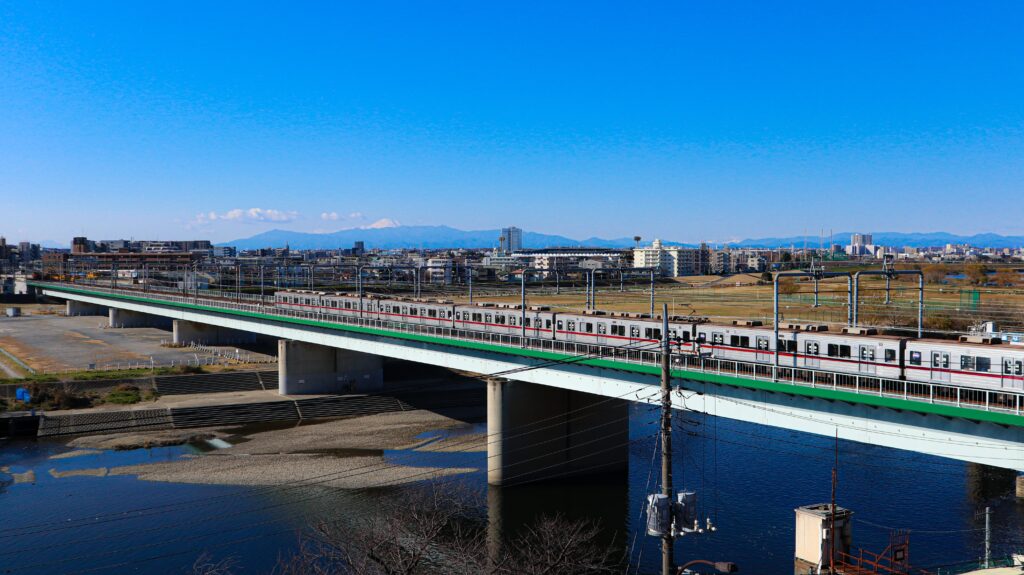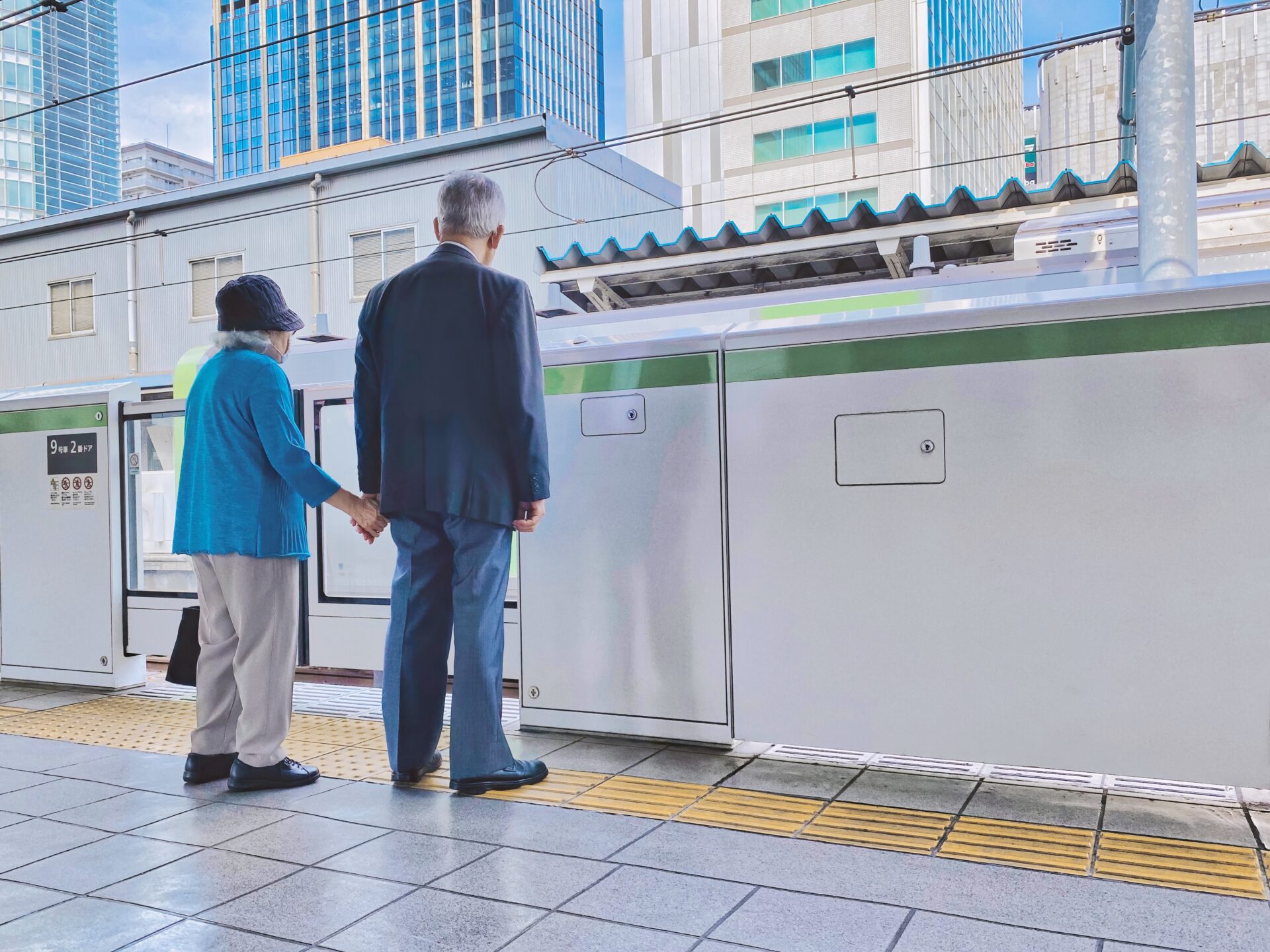Overview
Tokyo is a sprawling metropolis packed with almost 900 subway and train stations across its 23 city wards as of May 2022. These stations, excluding major hubs such as Tokyo Station, are the central point of their community that typically includes housing, shopping, schooling, and other lifestyle necessities.
Luckily you can evaluate this incredible number of options with three simple factors: access, amenities, and atmosphere. Access to transportation, including walking time between home and station, remains important if you are commuting to a physical workplace. Amenities for daily life such as grocery stores, drug stores, dry cleaners, and cafes should be considered as well as the distance to your favorite weekend leisure activities such as parks and sports facilities. And perhaps the most critical factor is simply the atmosphere – in other words, the mood you sense from all the sights, smells, sounds, and scenes around you.
Inside of Yamanote line
Consider Tokyo from two broad perspectives – urban Tokyo and suburban Tokyo as separated by the 35km JR Yamanote line that circles the center of the city. This delineation certainly is far from perfect, with many residential pockets enjoying attributes from both categories, but the concept is helpful to contrast neighborhoods.
Urban neighborhoods within the Yamanote line are best characterized as high density with more people, activity, noise, shopping, and transportation. Apartments often outnumber houses and are generally smaller, which partly reflects the social lifestyle of many younger singles and couples living here.
The atmosphere is energetic and fast-paced, with residents enjoying the many shops, cafes, and restaurants that surround major stations. Ebisu (in Shibuya Ward) is a good example with four transportation lines, a wide range of shopping options including the nearby Ebisu Garden Place, and a large cluster of apartment buildings near the station. Other similar neighborhoods include Omotesando, Roppongi, and Shibuya, to name just a few.
Outside of Yamanote line
Not surprisingly, suburban neighborhoods are characterized by tall skies and open spaces thanks to lower buildings and natural settings, especially along the many rivers such as Arakawa, Sumidagawa, Edogawa, and Tamagawa. Daily life at Futakotamagawa (in Setagaya Ward), for example, along the beautiful green river basin, has a slower pace with its family friendly attitude welcoming baby strollers, loud voices and excited children running around. And despite its suburban location, it still offers many conveniences available in popular urban neighborhoods like Omotesando. Admittedly, in many suburban areas the selection of stores and services is more limited, so consider whether that drawback will have a real impact on your lifestyle.
People can also enjoy the best of both worlds by choosing one of the many balanced communities across urban and suburban Tokyo. Musashi Koyama (in Shinagawa Ward) is a good example of a revitalized neighborhood with a welcome mix of housing, transportation, shopping, and nature. New apartment towers were built directly next to the station for minimal walking time, along with a huge selection of daily amenities on the longest shopping arcade in Tokyo. And residents can enjoy leisure time with friends and family by relaxing or exercising to their heart’s content in the popular Rinshi-no-mori Park.

Conclusion
The choice of neighborhoods today where foreigners can comfortably live in the 23 city wards of Tokyo is immense. Each area has its own unique characteristics so start exploring to find the home and lifestyle that matches your dreams.
Writer: B.E.

